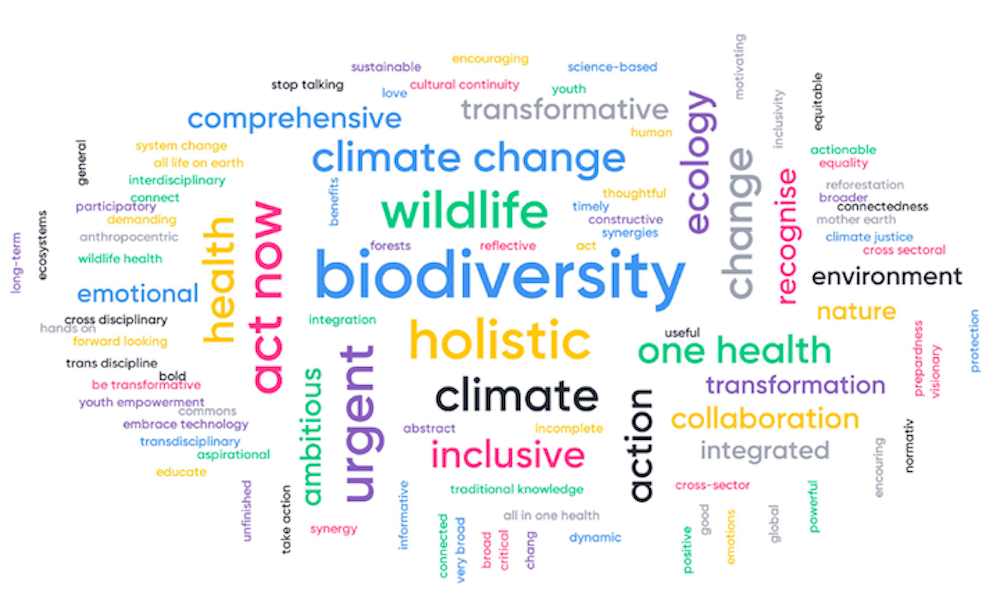Zoonotic diseases result from pathogens jumping or spilling over between animals and humans. Think rabies, lyme disease, West Nile virus, HIV and Ebola. Today, as COVID-19 ravages our communities, we all understand the impact they can have.
Between 1940 and 2004, more than 335 emerging infectious disease outbreaks, involving 183 distinct pathogens, were reported worldwide (more than 50 per decade) and the rate of disease emergence is increasing.
We must act to reduce the long-term risk of future spillover events, which could lead to another pandemic as or potentially more devastating than COVID-19.
Ecological degradation
increases the overall risk of zoonotic disease outbreaks originating from wildlife. Among other things, our changes to the environment increase contact between humans, livestock, and wildlife pathogens. Degradation is also at the core of 2 other major problems facing Earth: Climate Change and the biodiversity crisis. As WCS scientists wrote for CNN,
proactively conserving and restoring remaining intact ecosystems is a key strategy. As managers of at least 35% of the world’s remaining intact forests, Indigenous Peoples are key partners in this effort. Supporting their ongoing stewardship will reduce the frequency of human exposure to wildlife and help minimize zoonotic spillover.
To prevent future pandemics, we must also end commercial trade in wildlife (particularly mammals and birds) for human consumption and close all such markets, as
such trade is a known spillover risk. Ending wildlife consumption does not apply to Indigenous Peoples and local communities (IPLCs), for whom there is often little alternative protein available. For IPLCs, we must value their eyes-on-the-ground and assist capacity for
early reporting of sick animals & avoiding contact, to help detect outbreaks faster & reduce risk of their spread.
